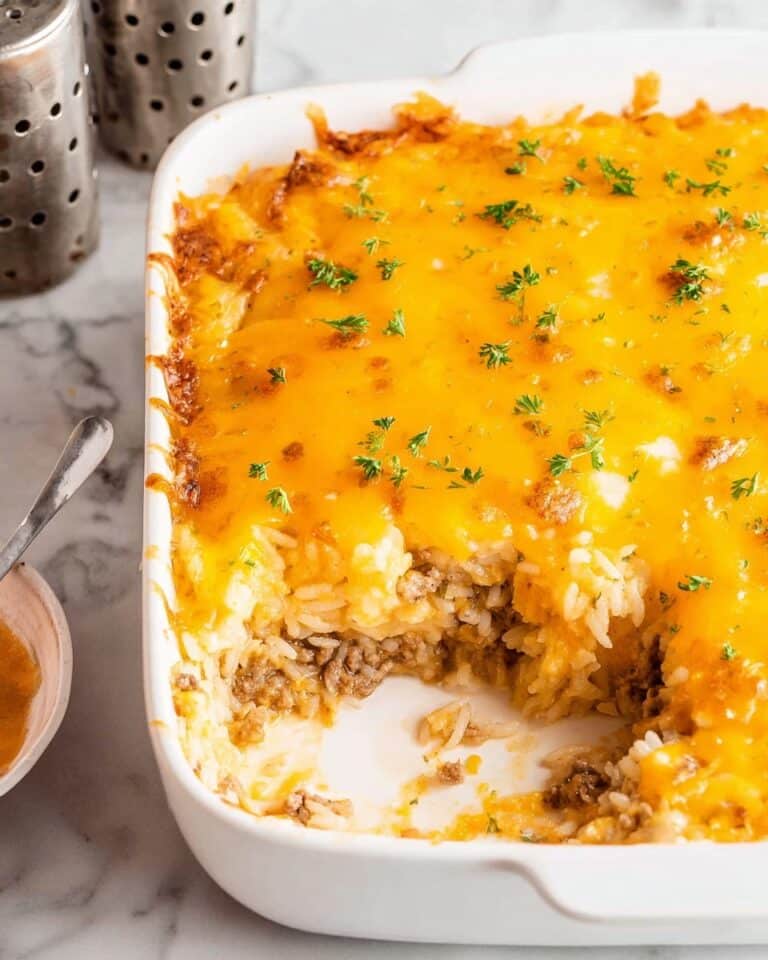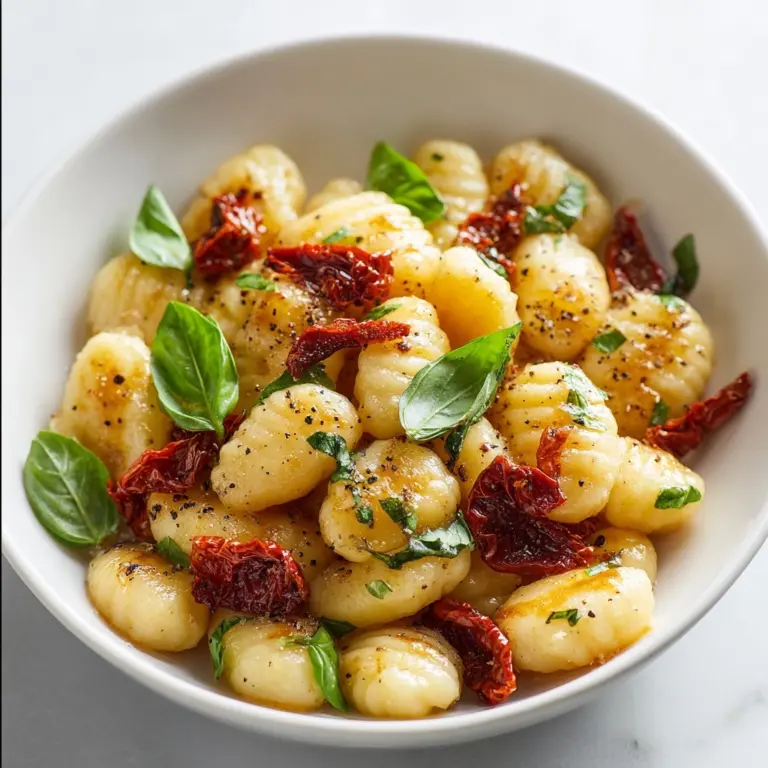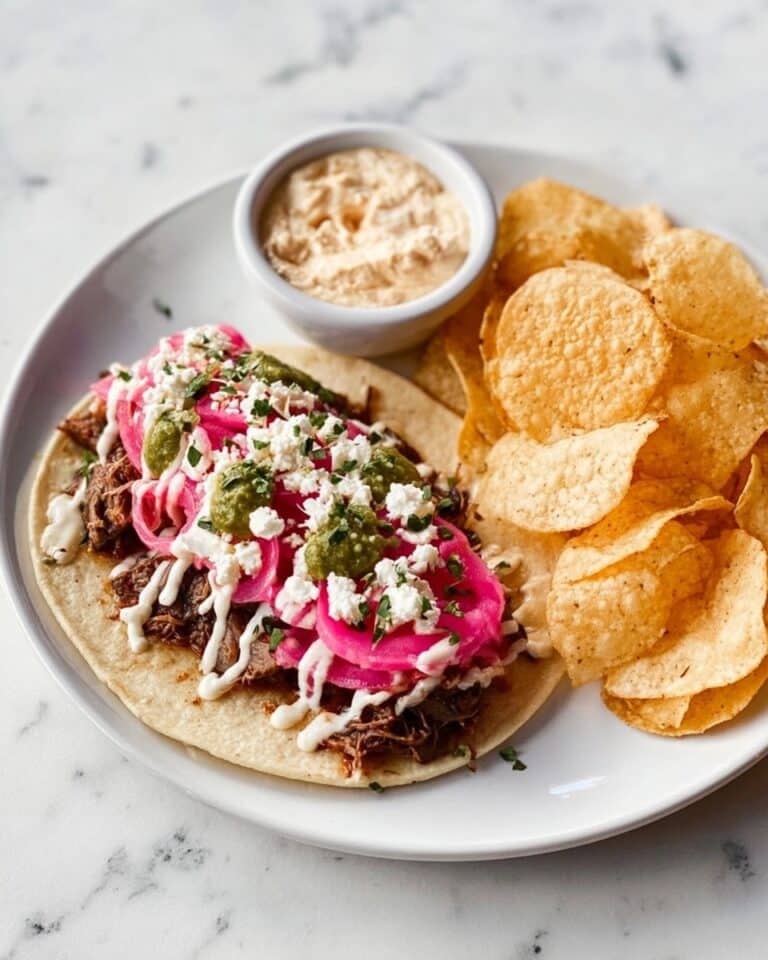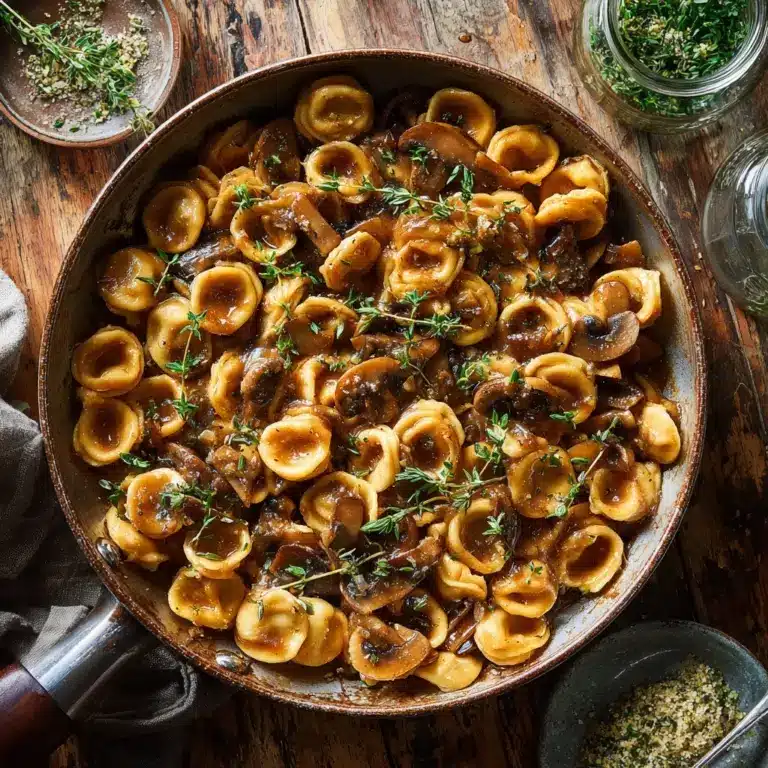Homemade Mayonnaise Recipe
If you’ve never experienced the magic of making Homemade Mayonnaise from scratch, you’re in for a treat! This silky, luscious spread takes just minutes and boasts a richness and flavor completely unmatched by anything you’ll find on a store shelf. Imagine slathering it on sandwiches, mixing it into coleslaw, or swirling it into your favorite dips—each bite bursts with fresh tang and velvety texture. Once you try Homemade Mayonnaise with this easy-to-follow method, you may never go back to the jarred kind again!
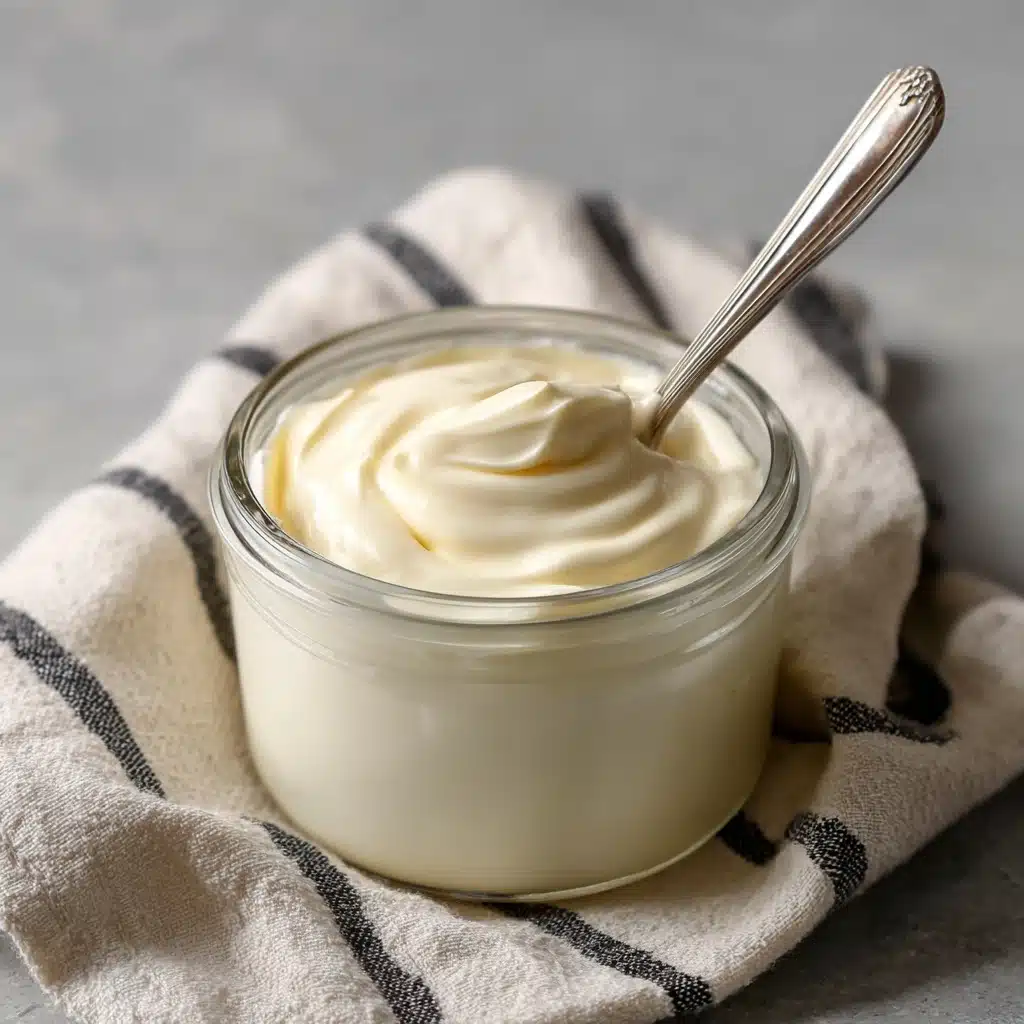
Ingredients You’ll Need
It’s incredible how such a humble lineup of ingredients can work together to produce something so creamy and luxurious. Each item brings a special quality—whether it’s richness, subtle tang, or that trademark pale golden hue that makes Homemade Mayonnaise so irresistible.
- Egg: Acts as the base and main emulsifier, transforming oil and acid into a dreamy, spreadable condiment.
- Lemon Juice: Brings zesty freshness and brightness that make the flavor sing.
- White Vinegar: Adds a clean, sharp tang that balances out the richness.
- Ground Mustard or Dijon Mustard: Kicks up the flavor while also helping the mixture emulsify beautifully.
- Salt: Enhances all the other flavors and keeps the mayonnaise perfectly seasoned.
- Avocado Oil (or Vegetable/Light Olive Oil): The main fat that whips up into that pillowy texture—make sure to use a neutral oil for best results.
How to Make Homemade Mayonnaise
Step 1: Gather and Combine Your Base Ingredients
Start by adding the egg, lemon juice, white vinegar, ground mustard (or Dijon), and salt to a bowl, mason jar, or the blending cup that comes with your immersion blender. This first mix creates the foundation that allows your Homemade Mayonnaise to come together in a smooth, stable emulsion. Blend until everything is thoroughly mixed and creamy.
Step 2: Slowly Add the Oil
With your immersion blender running, very slowly drizzle in the avocado oil. This gradual process is the secret to transforming your mixture into mayonnaise. The trick is patience: adding the oil slowly lets the emulsification happen smoothly, resulting in the perfect creamy texture Homemade Mayonnaise is known for. Keep blending until it thickens up into a glistening, spreadable mayo.
Step 3: Taste and Adjust
Give your fresh batch a quick taste. If it feels too rich or oily, sneak in another squirt of lemon juice or a pinch more salt. You’re aiming for a tangy, balanced Homemade Mayonnaise that’ll make any recipe pop. Once you’ve dialed in the flavor, your mayo is ready for use or storage.
How to Serve Homemade Mayonnaise
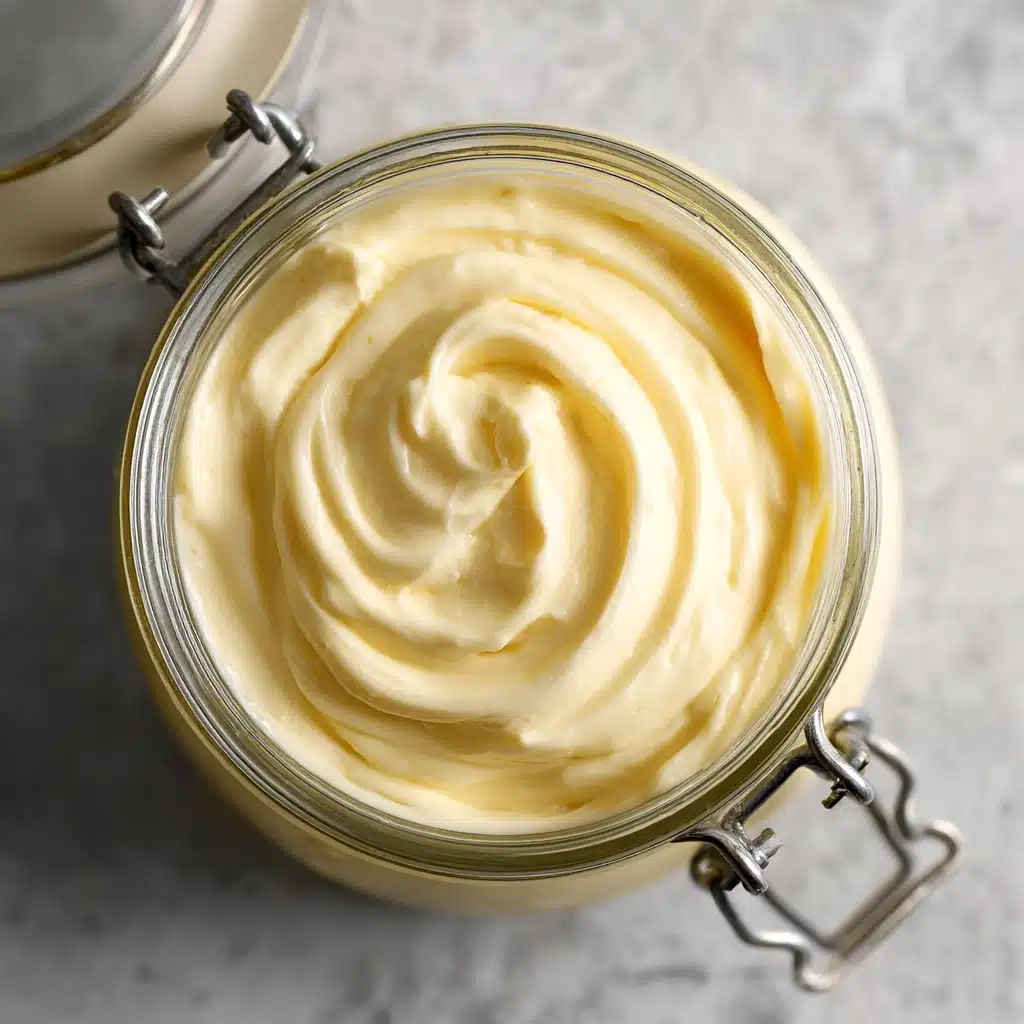
Garnishes
Dress up your Homemade Mayonnaise with a sprinkle of smoked paprika, chopped fresh herbs (think chives or dill), or even a dusting of cracked black pepper. Not only do these enhance flavor, they make your homemade creation look extra appetizing on the table.
Side Dishes
This mayo is a superstar alongside crispy fries, sweet potato wedges, or as a creamy dip for fresh crudités. Try spreading it on warm baguettes or using it as a base for your next potato salad—the flavor lift is incredible!
Creative Ways to Present
Spoon Homemade Mayonnaise into a pretty ramekin topped with a swirl of olive oil for dipping, use it as a burger spread with sliced pickles, or decorate your serving plate with dots and swooshes for an eye-catching appetizer spread. Its versatility is boundless, and it always adds a homemade touch to any meal.
Make Ahead and Storage
Storing Leftovers
Homemade Mayonnaise must be kept in an airtight container in the refrigerator. Properly stored, it will remain fresh and delicious for up to one week. Always use clean utensils to ensure it stays safe and free from contamination.
Freezing
Because Homemade Mayonnaise is an emulsion, freezing isn’t recommended. The texture can split when thawed, resulting in a separated, less appealing consistency. Fresh is best, but the short prep time means you’ll never be far from a new batch!
Reheating
Mayonnaise should never be reheated, as it’s designed to be enjoyed cold or at room temperature. If you need to bring it up to room temp for spreading or mixing into salads, simply let it sit out for 10-15 minutes before using.
FAQs
Can I use a regular blender or food processor instead of an immersion blender?
Absolutely! While an immersion blender is quick and easy for smaller batches of Homemade Mayonnaise, a food processor or traditional blender will work just as well. Just make sure to drizzle in the oil slowly for the best emulsion.
Can I substitute other oils in this recipe?
Yes—grapeseed oil, sunflower oil, or any mild-tasting oil are great alternatives. Avoid extra-virgin olive oil or strongly flavored oils, as they can overpower the flavor of your mayo.
Is Homemade Mayonnaise safe to eat with raw eggs?
The risk with raw eggs is minimal if you use fresh, high-quality eggs from a trusted source. For extra assurance, you can use pasteurized eggs. Always keep your mayo refrigerated, and consume within a week.
My Homemade Mayonnaise didn’t thicken. What went wrong?
If your mayo stays runny, it’s usually due to adding the oil too quickly or blending too briefly. Go slow with the oil and give your emulsion plenty of blending time. If needed, you can start a new yolk base and slowly whisk in your thin mayo mixture to save it!
How can I flavor my Homemade Mayonnaise?
Customize your mayo with roasted garlic, fresh herbs, hot sauce, or even a bit of Sriracha. Stir in these add-ins after your mayo has thickened for delicious results tailored to your dishes.
Final Thoughts
Once you experience the creamy perfection and customizable flavor of Homemade Mayonnaise, it just might become a staple in your fridge. With a few simple ingredients and a couple of minutes, you can transform everyday foods into something truly special. Give this recipe a try—the difference is night and day, and you’ll be so glad you did!
Print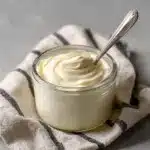
Homemade Mayonnaise Recipe
- Total Time: 5 minutes
- Yield: About 1 cup 1x
- Diet: Vegetarian
Description
Learn how to make creamy and delicious homemade mayonnaise with this simple recipe. You’ll never go back to store-bought!
Ingredients
Egg Mixture:
- 1 large egg
- 1 Tbsp lemon juice
- 1 tsp white vinegar
- ½ tsp ground mustard (or ½ tsp dijon mustard)
- ¼ tsp salt
Oil:
- 1 cup avocado oil (or vegetable oil or light olive oil)
Instructions
- Prep Egg Mixture: In a bowl, mason jar, or the cup that came with your immersion blender, combine the egg, lemon juice, white vinegar, ground mustard, and salt. Blend until smooth and creamy.
- Blend with Oil: With the immersion blender running, slowly drizzle in the avocado oil (or your oil of choice) while continuing to blend until the mixture reaches a smooth and creamy consistency.
- Adjust Taste: Taste the mayonnaise and adjust by adding more lemon juice or salt if needed for your desired flavor and consistency.
- Serve or Store: Your homemade mayonnaise is now ready to be enjoyed or stored in an airtight container in the fridge.
- Prep Time: 5 minutes
- Category: Condiment
- Method: Blending
- Cuisine: Global
Nutrition
- Serving Size: 1 Tbsp
- Calories: 94
- Sugar: 0g
- Sodium: 61mg
- Fat: 10g
- Saturated Fat: 1g
- Unsaturated Fat: 9g
- Trans Fat: 0g
- Carbohydrates: 0g
- Fiber: 0g
- Protein: 0g
- Cholesterol: 8mg
Keywords: mayonnaise, homemade, condiment, sauce, egg-based

